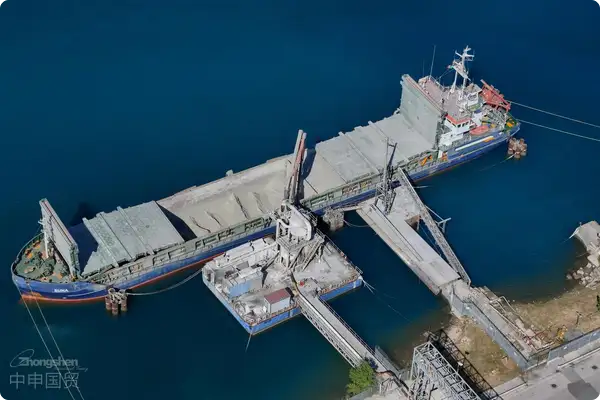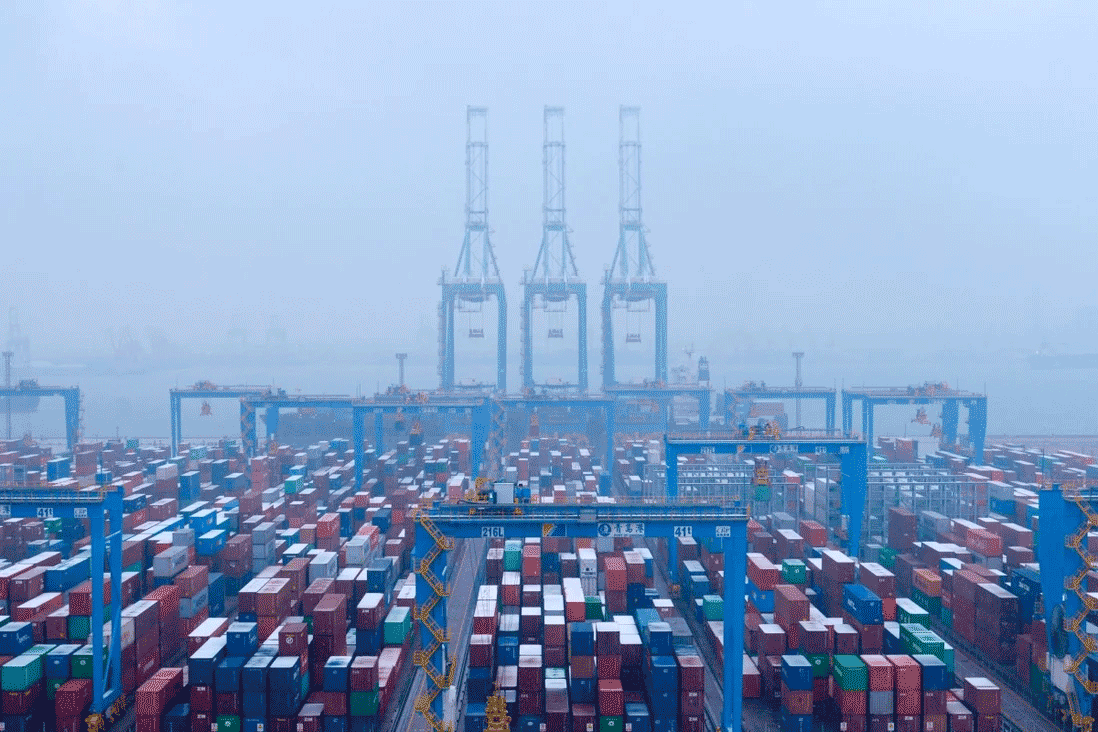- Shanghai Zhongshen International Trade Co., Ltd. - Two decades of trade agency expertise.
- Service Hotline: 139 1787 2118

2025 injection moldingEquipment ImportsMarket new trends
According to the latest statistics from the General Administration of Customs, imports of injection molding machinery surged by 23.6% year-on-year in the first half of 2025, with all-electric injection molding machines accounting for over 40%. Against the backdrop of accelerating technological iteration, theres a significant price gap between precision models from German suppliers and second-hand equipment from Southeast Asia, requiring importers to pay special attention to the alignment between equipment performance parameters and domestic industrial policies.
Typical risk scenarios in customs clearance
- HS code misjudgment risk
- Fully closed-loop servo systems may be classified under 8462.99 instead of 8477.10
- A 17% tariff difference when declaring robotic modules separately
- Technical parameter compliance traps
- Conflict between EU CE certification and GB 22530-2008 safety standards
- Equipment being returned due to missing energy efficiency rating labels on nameplates
- Misunderstanding in the selection of logistics solutions
- Oversized modulesMaritime TransportationLashing plans directly affecting arrival integrity
- Concentricity deviation caused by segmented transport of precision screws
Core Value Analysis of Professional Agency Services
In March 2025, an automotive parts manufacturer importing a German two-color injection molding machine successfully avoided a 120,000 yuan deposit freeze because their agent anticipated the need for separate declaration of hydraulic units. Comparison shows professional agency services create value in three key areas:
- Technical document pre-review system: Intervention in equipment selection 120 days in advance, verifying compliance with IEC standards
- Tariff gradient calculation: Optimizing comprehensive tax rates using ASEAN origin rules
- Factory acceptance guarantee: On-site engineers participating throughout the unpacking inspection
Four-dimensional evaluation of agency professionalism
- Qualification review capability
- Whether holding AA-class customs declaration enterprise qualification
- Record of special goods import license processing
- Emergency response mechanism
- Completeness of overdue payment dispute resolution database
- Commitment to local inspection emergency response time
- Depth of technical coordination
- Participation of electromechanical experts in technical confirmation document preparation
- Special equipment filing experience for pressure vessels
- Cost - control system
- Duty-free quota dynamic monitoring system
- Reasonableness of demurrage fee warning threshold settings
2025 agent service innovation models
Leading enterprises have achieved dual-track services of customs clearance + technology, adding beyond traditional customs declaration processes:
- Pre-verification service for equipment parameter compliance
- Adaptation of localized factory acceptance standards
- Pre-review of tariff codes for critical spare parts
A Japanese-funded injection molding company saved 187,000 yuan in import VAT through classification recommendations for mold temperature control systems provided by an agency. This in-depth service model is becoming standard for equipment imports.
Related Recommendations
? 2025. All Rights Reserved. Shanghai ICP No. 2023007705-2  PSB Record: Shanghai No.31011502009912
PSB Record: Shanghai No.31011502009912










